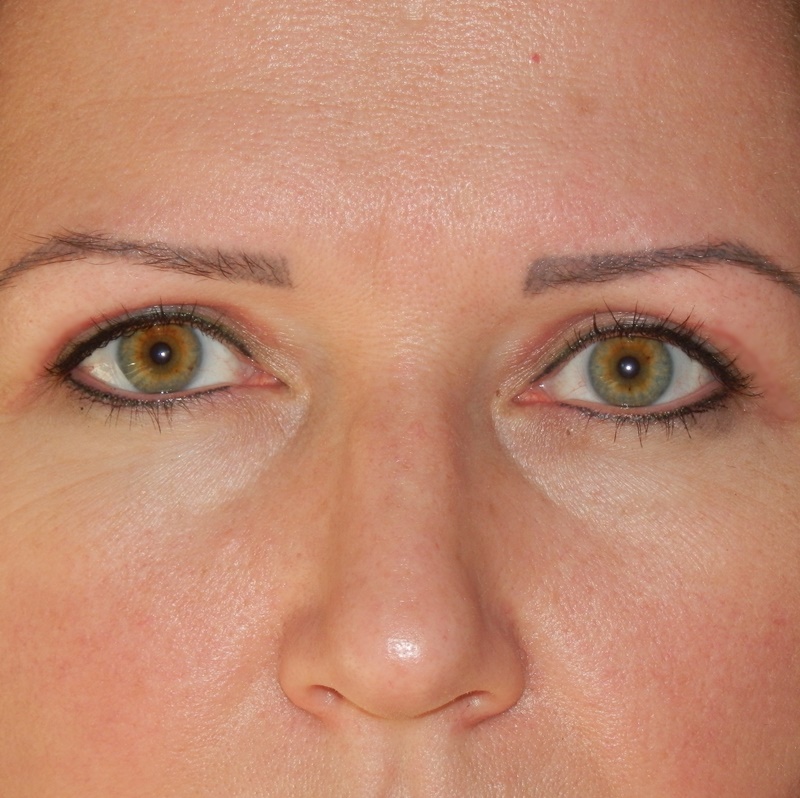
Here are some things you should know about genioplasty. This procedure can be very risky and you should fully understand your options. You will find the following information about Osseous or sliding genioplasty as well as non-surgical gynecologic surgeries. Know what to expect following your procedure.
Osseous genioplasty
The popular cosmetic surgery of osseous generationoplasty is for women who wish to appear younger. The procedure is performed inside the mouth, with no visible scars. The procedure takes about an hour and can be done either alone or in conjunction with a facial. Patients can choose to have the procedure performed by themselves, or together with other types. To learn more about osseous genioplasty, read on.
An osseous genioplasty is usually part of a larger procedure, such as a push-back or side-to-side movement. Patients were generally satisfied with the outcome of the procedure. Patients should be free from any active or past dental infections before the procedure. This can help to ensure the jaw is healthy. Patients must also tell their past orthognathic or orthodontic surgery and any medication or smoking habits.

Sliding genioplasty
First, your medical history will be reviewed and questions asked about your expectations for the results of sliding genioplasty. For a better understanding of your options for surgery, your jaw might be examined by an X-ray or CT scan. Sliding genioplasty is often a safe and quick procedure. There are some potential problems. These include infection, bleeding and an adverse reaction to anesthesia. Follow the pre-operative instructions to minimize your chances of developing these complications.
Before undergoing this procedure, your surgeon will make a detailed cephalometric scan and measure your chin. Cephalometric measurements will help determine if there are any transverse or overprojection issues. A standard set of facial photographs will be taken by your surgeon to determine if you have an asymmetry in the transverse dimensions. If you have any one of these conditions, a sliding-genioplasty could be the right option.
Nonsurgical genioplasty
You can have your chin enlarged without having to go through an entire surgery. This cosmetic surgery involves moving the jaw forward by removing a portion. This complicated procedure requires the use screws and plates to secure the jaw. Nonsurgical genioplasty on the other side is simpler because the surgeon works with your own bone.
Nonsurgical genioplasty comes in two forms. One method is the sliding technique. This involves a doctor making an incision below the chin, or under the lower lip. Another technique involves the use of wires to move the chin bone. This method is performed on people who have retrogenia and a severely receding chin. The type and extent of the corrections required will impact the recovery process.

Genioplasty: Risks
Genioplasty can have risks despite all its benefits. These risks include numbness at the chin and lower lips. This can persist for weeks or months and may even be permanent. The brain can adjust to the side effects of the surgery, and numbness can be a common side effect. Patients should always follow the surgeon's directions and seek medical attention if bleeding or pain persists.
There are many complications with genioplasty. However, the most common problem is temporary neurosensory dysfunction of the inferior-alveolar nerve. Preoperative counseling and informed consent can help to avoid these complications. The sliding genioplasty procedure repositions your chin bone by moving it forward. It is best not to have this procedure if there are any underlying medical conditions.